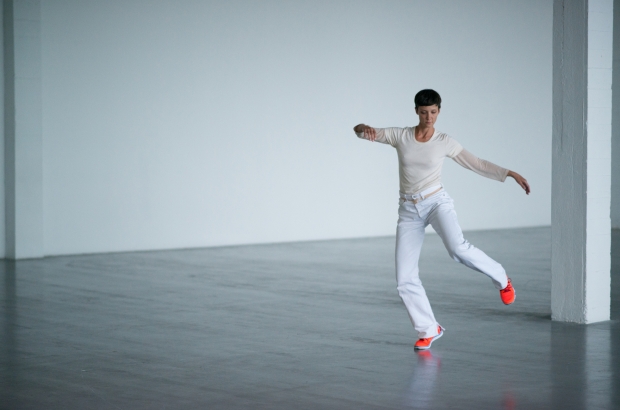- Daily & Weekly newsletters
- Buy & download The Bulletin
- Comment on our articles
Performatik festival brings disparate worlds closer together
To the uninitiated, “performance art” seems a rather vague category, a taxonomical catch-all for any experience that is endured in an artistic context but doesn’t quite qualify as “theatre” or “dance”—usually because it’s too weird or too boring.
The cognoscenti, on the other hand, consider it the cutting edge of contemporary art. Borrowing at will from the entire spectrum of artistic disciplines as well as everyday life, the performance artist is said to short-circuit conventional categories and revolutionise artistic practice.
The truth lies somewhere in between. With roots in early 20th-century Futurism and Dadaism, performance art came into its own in the 1970s with the pioneering work of Serbia-born, US-based Marina Abramović, who explored the audience’s real-time relation to the performer and the performer’s relation to her own body. These conceptual concerns would finally work their way into the DNA of contemporary theatre at large.
“Performance art has influenced theatre so much in recent decades that there are no longer any strict boundaries between them,” says Katleen Van Langendonck.
So it’s only natural that Performatik was born at Brussels’ Kaaitheater in 2009. Each biennial edition uses performance art to explore a different aspect of contemporary creation for an entire fortnight. This fourth edition, which starts next week, tackles the relationship between theatre and the visual arts.
“These are two very separate worlds,” says Van Langendonck, the festival’s curator. “Each has its own rhythm, its own codes, its own venues, its own audiences, its own support structures and its own artists. There are obstacles to be overcome, of course, but we have so much to learn from one another.”
A walking exhibition
As one of the capital’s landmark performance venues, Kaaitheater reached out to its visual arts counterparts to organise a kind of exchange programme centred on live performance. Among the 10 institutions who answered the call were fine arts centre Bozar, contemporary arts centre Wiels, literary hub Passa Porta and experimental music laboratory Q-O2, as well as art and antiques gallery Don Verboven Exquisite Objects.
Two dozen performances (many of them free) are spread out across these partner venues. At the heart of the programme are two ambitious works, or rather “transpositions” from performance to visual arts and vice versa. Seminal Belgian choreographer Anne Teresa De Keersmaeker’s Work/Travail/Arbeid begins in familiar territory with a dance piece, namely her 2013 production Vortex Temporum. But instead of presenting it on stage in front of a seated audience who experience the performance linearly from start to finish, the work is parcelled out in an exhibition (pictured) to be seen piecemeal by spectators who can come and go at will. This continuous presentation is hosted by Wiels.
Joëlle Tuerlinckx’s That’s It! cuts the other way. The Brussels-born artist takes her extensive archive of visual works and puts it on stage in the form of a multidisciplinary pantomime with live soundtrack provided by musician Christoph Fink.
When That’s It! was first staged last year at Leuven’s STUK and London’s Tate Gallery, it was but two hours in length. The Performatik version adds more than three hours to the total running time.
Since performance art is inherently conceptual, the Performatik programme also includes no less than 10 conversation salons. “We have never put on so many of these,” Van Langendonck says. “It’s a bit of an experiment in itself. But the concepts are just as important as the performances.”
A reminder that there is a method in all this madness.
18-29 March, Kaaitheater and other venues across Brussels
photo by Anne Van Aerschot

















